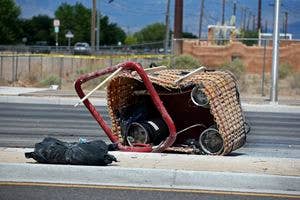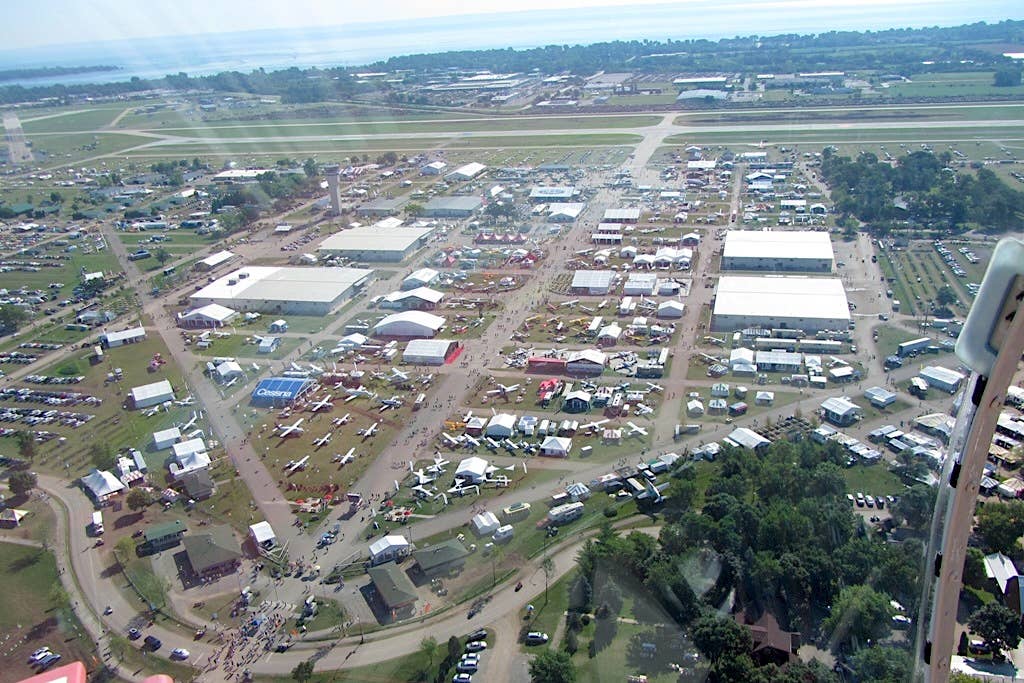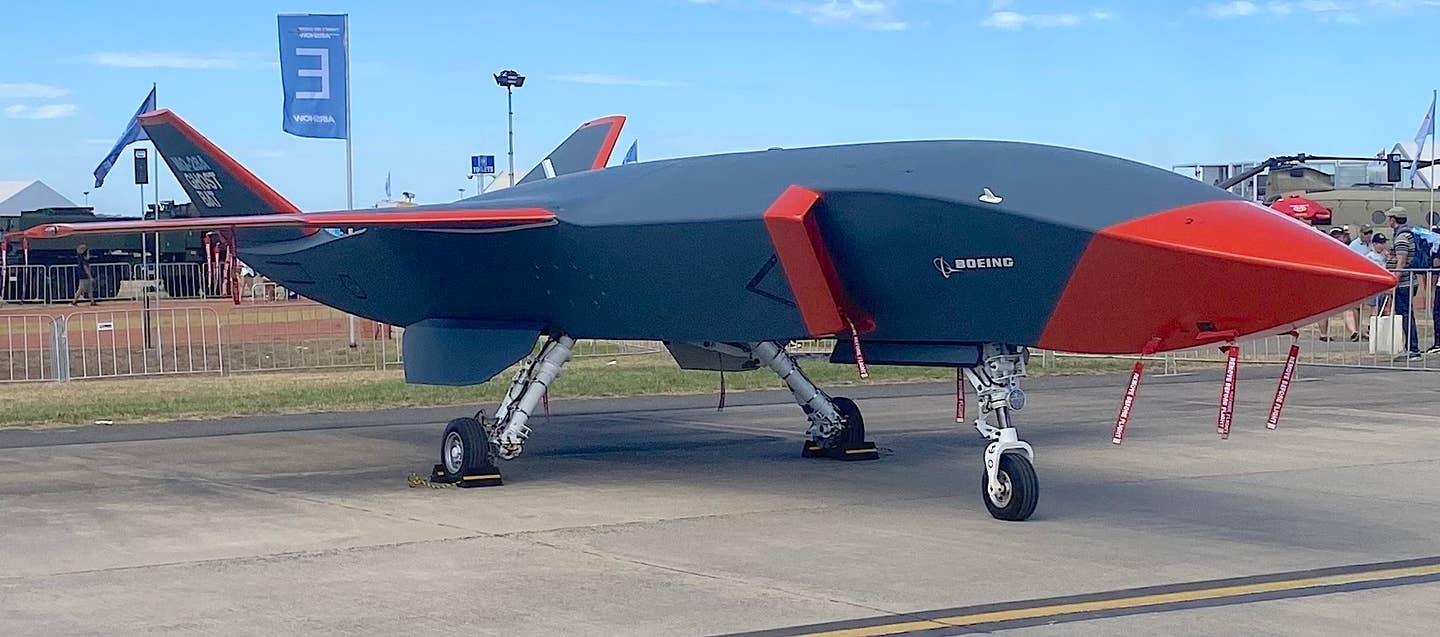Pilot In Fatal Balloon Crash Impaired By Drugs
The NTSB says a balloon pilot was likely impaired by cannabis and cocaine when he and four passengers died in a sightseeing flight in Albuquerque in June of 2021. In…

The NTSB says a balloon pilot was likely impaired by cannabis and cocaine when he and four passengers died in a sightseeing flight in Albuquerque in June of 2021. In its final report (search WPR21FA242 here) on the accident, the board cited the drug use as a contributing factor. "The pilot’s cavity blood THC concentration was detected at 5.5 ng/mL, suggesting that usage was within the [previous] few hours. Some impairing effects of THC would likely have been present that would have affected the pilot’s ability to successfully operate the balloon," the report reads. "Cocaine was detected in blood and urine at levels that suggested recent use. At the time of the accident, the impairing effects of the pilot’s use of THC and cocaine likely contributed to the accident."
The pilot was aiming for a field to land the balloon when it clipped power lines. The lines arced and the canopy separated from the basket, dropping the occupants about 75 feet to a road below. It was the deadliest accident ever in New Mexico, which hosts an annual Balloon Fiesta every fall that attracts hundreds of pilots from around the world. In response to a series of accidents, the FAA mandated flight medicals for commercial balloon pilots in November of 2022. It has also worked with the Balloon Federation of America in setting up a volunteer accreditation program for commercial pilots.






